Home>Renovation & DIY>Home Renovation Guides>How To Protect Wood Floors When Remodelling
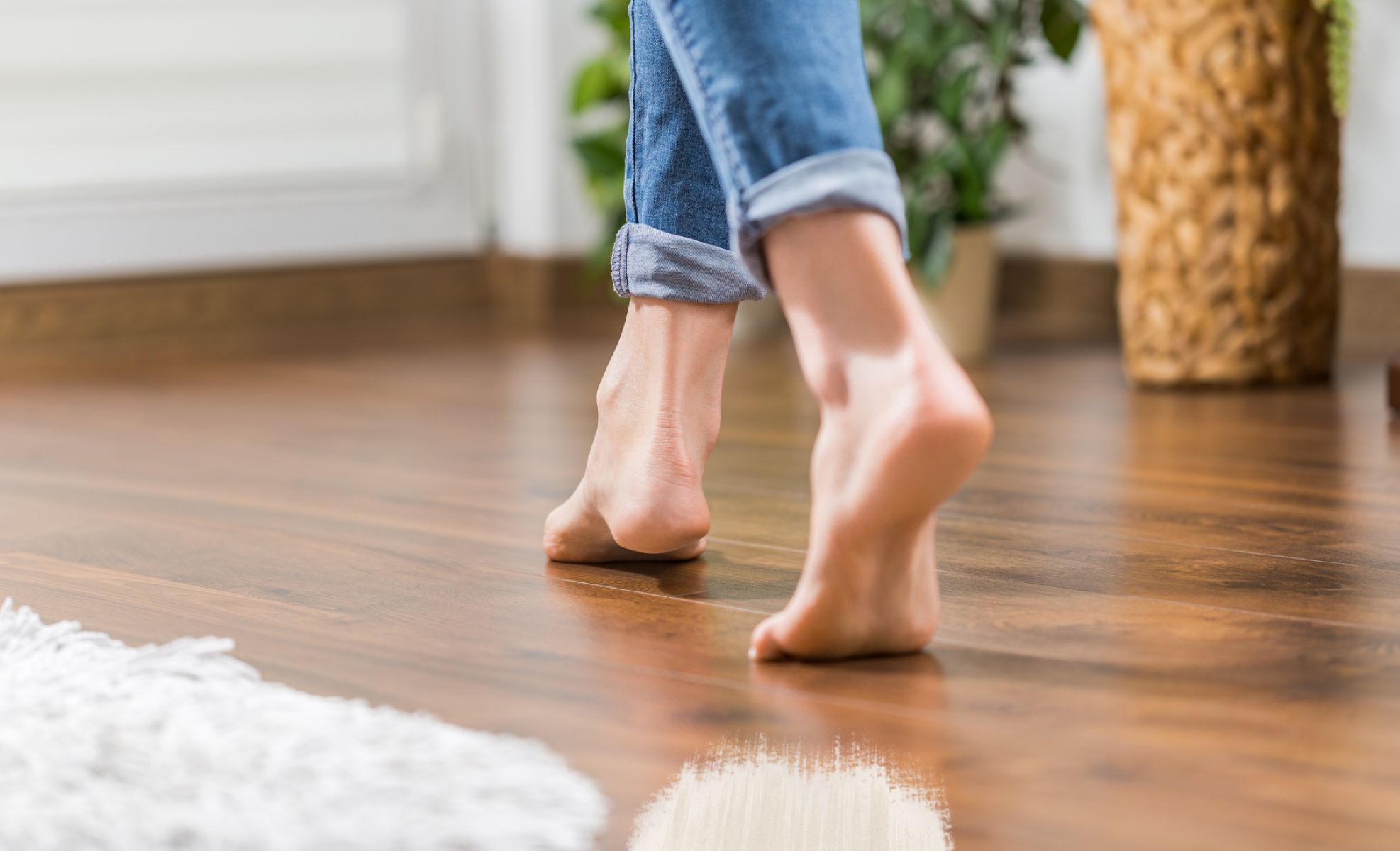

Home Renovation Guides
How To Protect Wood Floors When Remodelling
Modified: October 20, 2024
Learn how to protect your wood floors during home renovations with our comprehensive home renovation guide. Keep your floors safe and beautiful with our expert tips.
(Many of the links in this article redirect to a specific reviewed product. Your purchase of these products through affiliate links helps to generate commission for Storables.com, at no extra cost. Learn more)
**
Introduction
**
So, you've decided to give your home a fresh new look with a remodeling project. Whether you're updating the kitchen, revamping the bathroom, or making other improvements, it's essential to consider the impact on your wood floors. Wood floors are not only a significant investment but also a defining feature of your home's aesthetic appeal. Therefore, it's crucial to protect them during the remodeling process to ensure they remain beautiful and functional for years to come.
In this comprehensive guide, we'll explore the best practices for safeguarding your wood floors while remodeling. From assessing the current condition of the floors to implementing protective measures and post-remodeling maintenance, we'll cover every step to help you preserve the beauty and integrity of your wood floors. So, let's dive in and learn how to protect your wood floors during the remodeling process!
**
Key Takeaways:
- Protecting wood floors during remodeling is crucial for maintaining their beauty and functionality. Assessing, preparing, and implementing protective measures are key to preserving wood floors during renovation.
- Post-remodeling maintenance, including thorough cleaning and applying protective finishes, is essential for ensuring the long-term beauty and resilience of wood floors. Prioritizing proactive maintenance helps preserve the floors for years to come.
Assessing the Condition of the Wood Floors
**
Before embarking on any remodeling project that involves wood floors, it’s crucial to assess their current condition. This step is essential for identifying any existing issues and determining the best approach to protect the floors during the remodeling process.
Start by conducting a thorough visual inspection of the wood floors. Look for signs of wear and tear, such as scratches, dents, or areas where the finish has worn off. Additionally, check for any signs of water damage, such as warping or discoloration. Take note of any areas that may require repairs or refinishing before the remodeling work begins.
Next, assess the stability of the wood floors. Walk across the floors and pay attention to any creaking or squeaking sounds, which could indicate underlying structural issues. If the floors feel uneven or springy in certain areas, it’s essential to address these issues before proceeding with the remodeling project.
It’s also important to consider the type of wood and the thickness of the flooring. Solid hardwood floors can typically withstand more extensive sanding and refinishing compared to engineered wood floors, which have a thinner layer of hardwood. Understanding the specific characteristics of your wood floors will help you make informed decisions about how to protect them during the remodeling process.
If you’re unsure about the condition of your wood floors or need professional guidance, consider consulting a reputable flooring specialist. A professional assessment can provide valuable insights and recommendations for preserving and enhancing the beauty of your wood floors.
By thoroughly assessing the condition of your wood floors, you’ll be better equipped to address any existing issues and implement the necessary protective measures before, during, and after the remodeling project.
**
Preparing the Wood Floors for Remodeling
**
Once you’ve assessed the condition of your wood floors, it’s time to prepare them for the remodeling process. Proper preparation is key to safeguarding the floors from potential damage and ensuring that they remain in top condition throughout the renovation work.
Start by thoroughly cleaning the wood floors to remove any dirt, debris, or residues that may have accumulated over time. Use a gentle wood floor cleaner recommended by the flooring manufacturer to avoid damaging the finish. Avoid using excessive water, as prolonged exposure to moisture can harm wood floors. Additionally, consider buffing the floors to restore their natural luster and smooth out minor imperfections.
After cleaning the floors, consider applying a fresh coat of finish or sealant to provide an extra layer of protection. This step is especially important if the existing finish shows signs of wear or if you anticipate heavy foot traffic and potential impact from remodeling activities. Consult with a flooring professional to select the appropriate finish for your specific type of wood flooring.
Before the remodeling work begins, it’s essential to establish clear pathways and designated work areas to minimize the impact on the wood floors. Use protective coverings, such as rosin paper or breathable floor protection sheets, to shield the floors in high-traffic areas and areas where heavy equipment or tools will be used. Secure the coverings in place to prevent shifting or slippage during the remodeling process.
Communicate with your remodeling contractors and other professionals involved in the project to ensure that they are aware of the importance of protecting the wood floors. Emphasize the need to use caution and implement measures to prevent damage, such as using furniture pads, protective mats, and taking care when moving materials and equipment across the floors.
By taking the time to thoroughly prepare your wood floors for remodeling, you’ll create a solid foundation for protecting them from potential damage and preserving their beauty throughout the renovation process.
**
Place protective materials such as cardboard, plastic sheeting, or drop cloths over the wood floors during remodeling to prevent scratches, dents, and spills.
Protecting Wood Floors During the Remodeling Process
**
During the remodeling process, it’s essential to implement proactive measures to safeguard your wood floors from potential damage. With various activities and construction work taking place, protecting the floors requires careful planning and consistent attention to detail.
One effective way to protect wood floors during remodeling is to establish clear boundaries and designated work areas. Clearly mark off the areas where remodeling work will take place and restrict unnecessary foot traffic across the wood floors. By minimizing the movement and activity in these areas, you can reduce the risk of accidental damage to the floors.
Utilize durable floor protection materials, such as heavy-duty cardboard, plywood sheets, or specialized floor protection products, to cover the wood floors in areas where heavy equipment, tools, or building materials will be used. These protective coverings act as a barrier against scratches, dents, and spills, providing an added layer of defense for the wood floors.
For ongoing construction or renovation work, consider using temporary floor protection systems that can withstand heavy loads and provide cushioning against impacts. These systems are designed to safeguard wood floors from the rigors of remodeling activities, such as the movement of heavy furniture, installation of cabinetry, or the transportation of construction materials.
Regularly inspect the protective coverings and floor protection materials to ensure they remain in place and effectively shield the wood floors. Address any signs of wear or damage promptly by replacing or reinforcing the protective layers. Additionally, communicate with your remodeling team to emphasize the importance of maintaining the integrity of the floor protection measures throughout the project.
When handling building materials, tools, or equipment near the wood floors, exercise caution to prevent accidental damage. Use furniture pads, soft casters, or protective mats under heavy items to distribute weight and minimize the risk of indentations or scratches. Encourage the use of proper lifting and moving techniques to avoid dragging or dropping heavy objects on the wood floors.
By implementing these protective measures and maintaining a vigilant approach to safeguarding your wood floors during the remodeling process, you can minimize the risk of damage and preserve the pristine condition of your valuable flooring.
**
Post-Remodeling Wood Floor Maintenance
**
After the remodeling work is complete, it’s essential to prioritize post-remodeling maintenance to ensure the long-term beauty and durability of your wood floors. Proper maintenance practices will help address any potential damage that may have occurred during the remodeling process and preserve the floors for years to come.
Begin by conducting a thorough inspection of the wood floors to assess their condition after the remodeling work. Look for any signs of damage, such as scratches, dents, or areas where the finish may have been compromised. Address any issues promptly to prevent further deterioration and maintain the overall integrity of the floors.
Clean the wood floors using a gentle wood floor cleaner and a soft mop to remove any residual dust, debris, or construction-related residues. Pay special attention to areas where protective coverings were placed during the remodeling process, as they may have accumulated dirt or adhesive residues that require careful cleaning to avoid damaging the finish.
If the wood floors sustained any noticeable damage during the remodeling work, consider consulting a professional flooring specialist to assess the extent of the damage and recommend appropriate repair or refinishing solutions. Addressing any issues early on can prevent them from escalating and preserve the overall appearance and functionality of the floors.
Consider applying a fresh coat of finish or sealant to the wood floors to restore their luster and provide an additional layer of protection. This step can help mitigate any minor wear and tear that may have occurred during the remodeling process, prolonging the lifespan of the floors and enhancing their resilience against daily use and foot traffic.
Implement preventive maintenance measures to protect the wood floors from future damage. Place protective mats or rugs in high-traffic areas to minimize wear, and encourage the use of furniture pads or soft casters to prevent scratches and indentations from heavy furniture and appliances. Regularly trim pets’ nails to reduce the risk of accidental damage to the wood floors.
By prioritizing post-remodeling maintenance and taking proactive steps to address any potential damage, you can ensure that your wood floors remain in optimal condition and continue to enhance the beauty and comfort of your home for years to come.
**
Conclusion
**
Protecting wood floors during a remodeling project is a critical aspect of preserving the beauty, functionality, and value of your home. By following the comprehensive guidelines outlined in this guide, you can safeguard your wood floors and ensure that they withstand the rigors of the remodeling process while maintaining their timeless appeal.
Assessing the current condition of the wood floors provides valuable insights into any existing issues that require attention before the remodeling work begins. By identifying areas in need of repair or refinishing, you can address these concerns proactively and set the stage for a successful remodeling project.
Thoroughly preparing the wood floors for remodeling, including cleaning, applying protective finishes, and establishing clear pathways and work areas, creates a solid foundation for protecting the floors from potential damage. Effective preparation sets the stage for a smooth and successful remodeling process while mitigating the impact on the wood floors.
Implementing proactive measures to protect the wood floors during the remodeling process, such as utilizing durable floor protection materials and establishing clear boundaries, minimizes the risk of damage and ensures that the floors remain in optimal condition throughout the renovation work.
After the remodeling work is complete, prioritizing post-remodeling maintenance, including thorough cleaning, addressing any potential damage, and applying protective finishes, helps preserve the long-term beauty and resilience of the wood floors. By taking proactive steps to maintain the floors, you can enjoy their timeless elegance for years to come.
In conclusion, safeguarding wood floors during a remodeling project requires careful planning, attention to detail, and a commitment to proactive maintenance. By following the comprehensive strategies outlined in this guide, you can protect your wood floors and ensure that they continue to enhance the comfort and aesthetic appeal of your home for years to come.
Frequently Asked Questions about How To Protect Wood Floors When Remodelling
Was this page helpful?
At Storables.com, we guarantee accurate and reliable information. Our content, validated by Expert Board Contributors, is crafted following stringent Editorial Policies. We're committed to providing you with well-researched, expert-backed insights for all your informational needs.
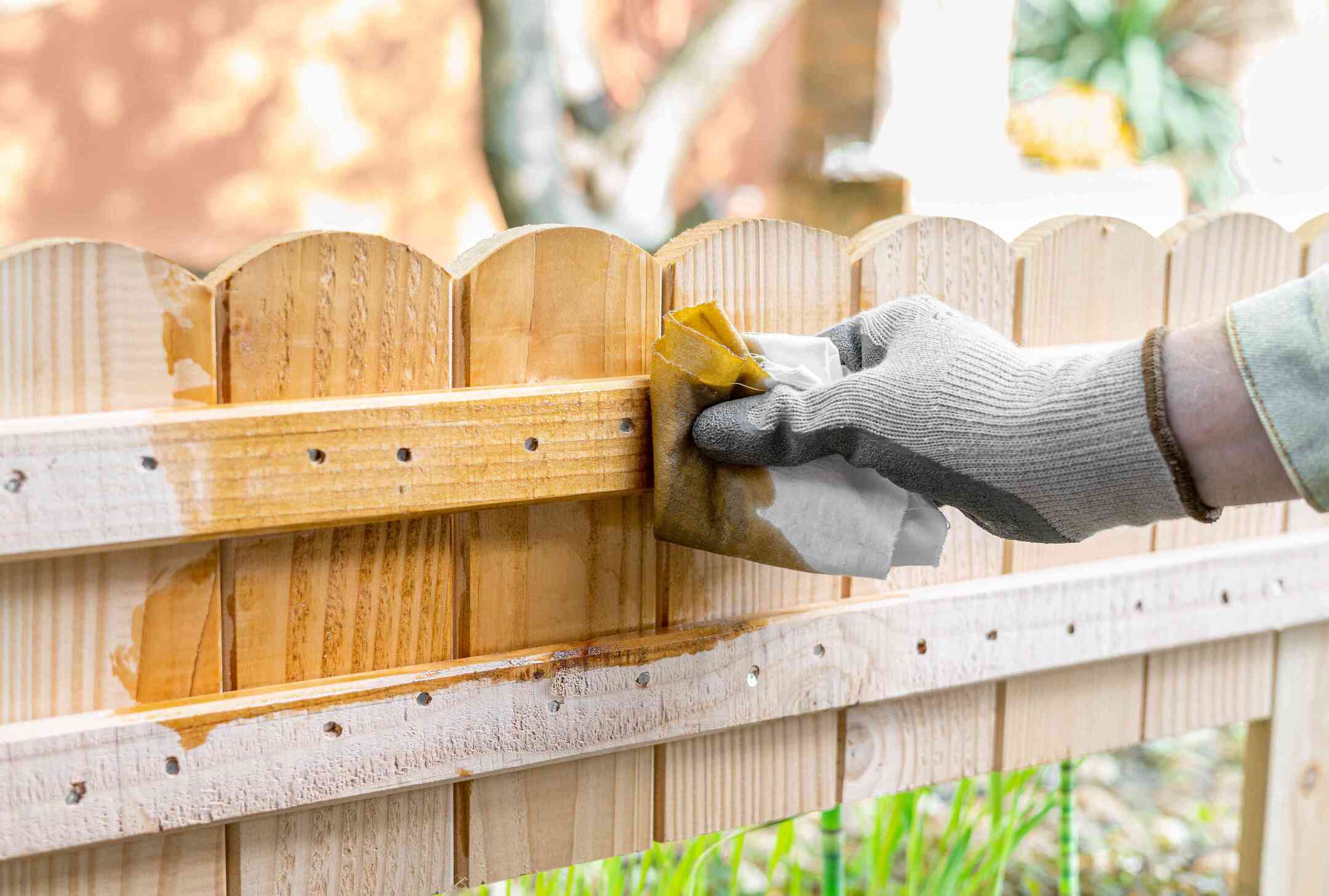
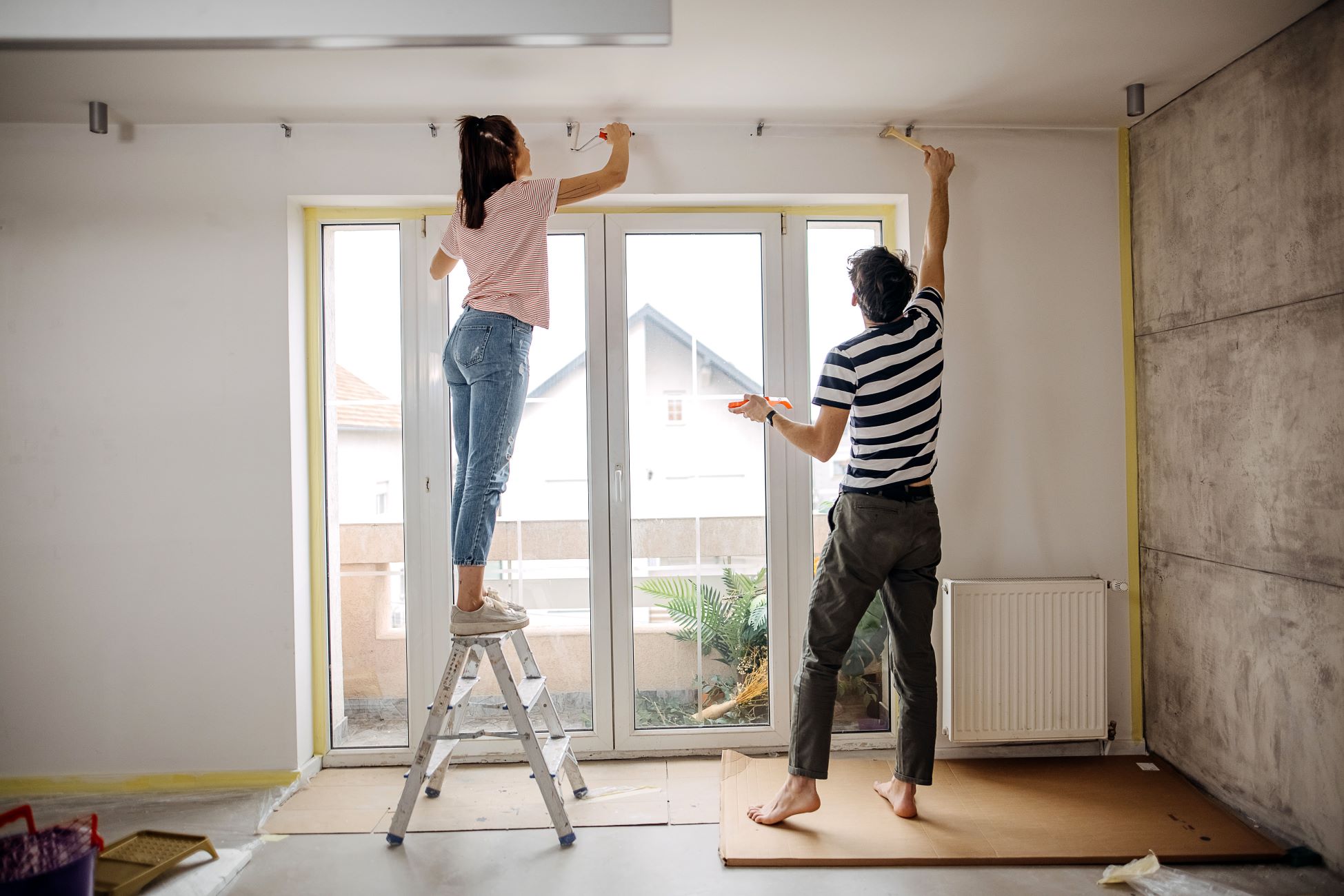
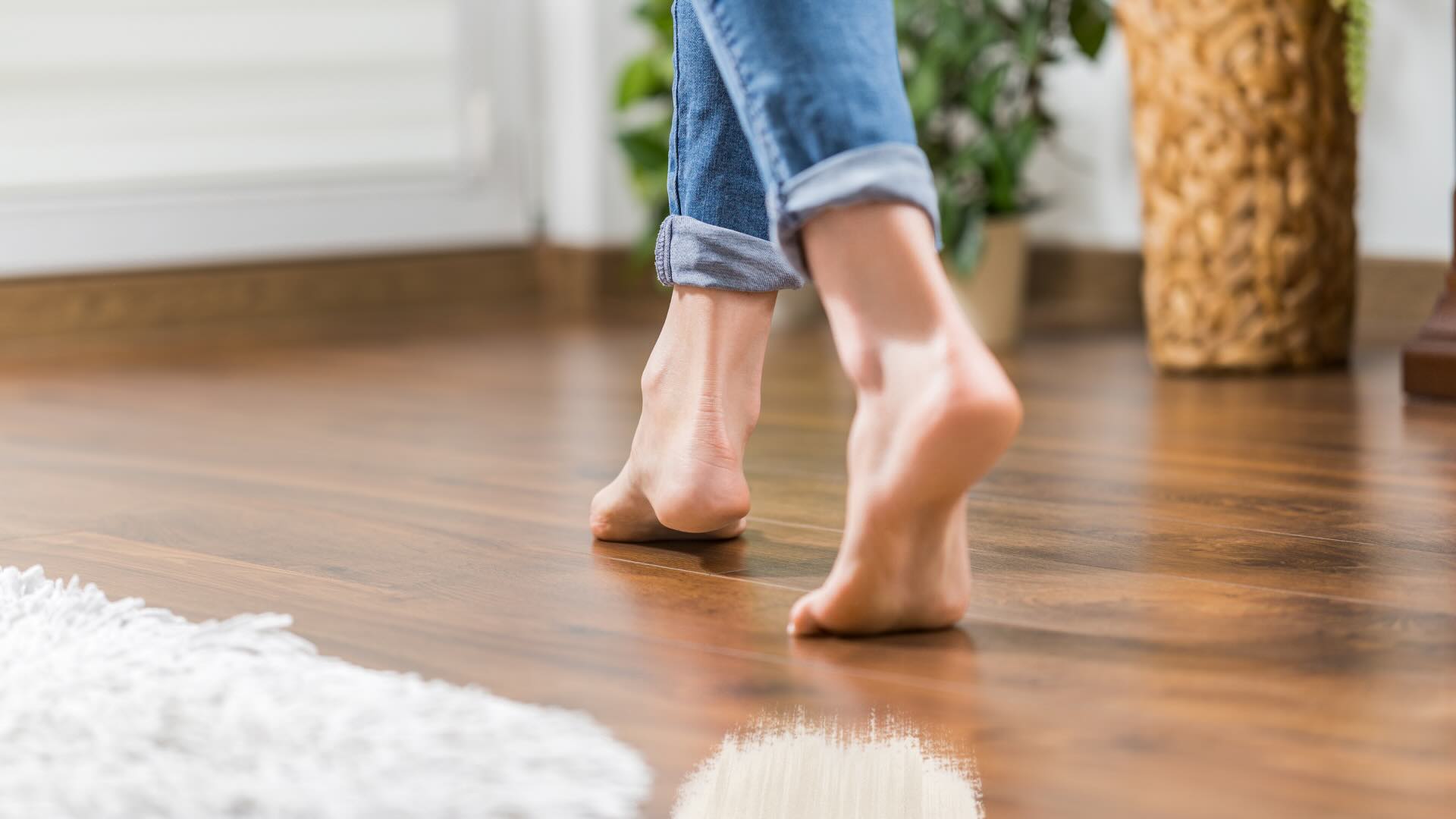
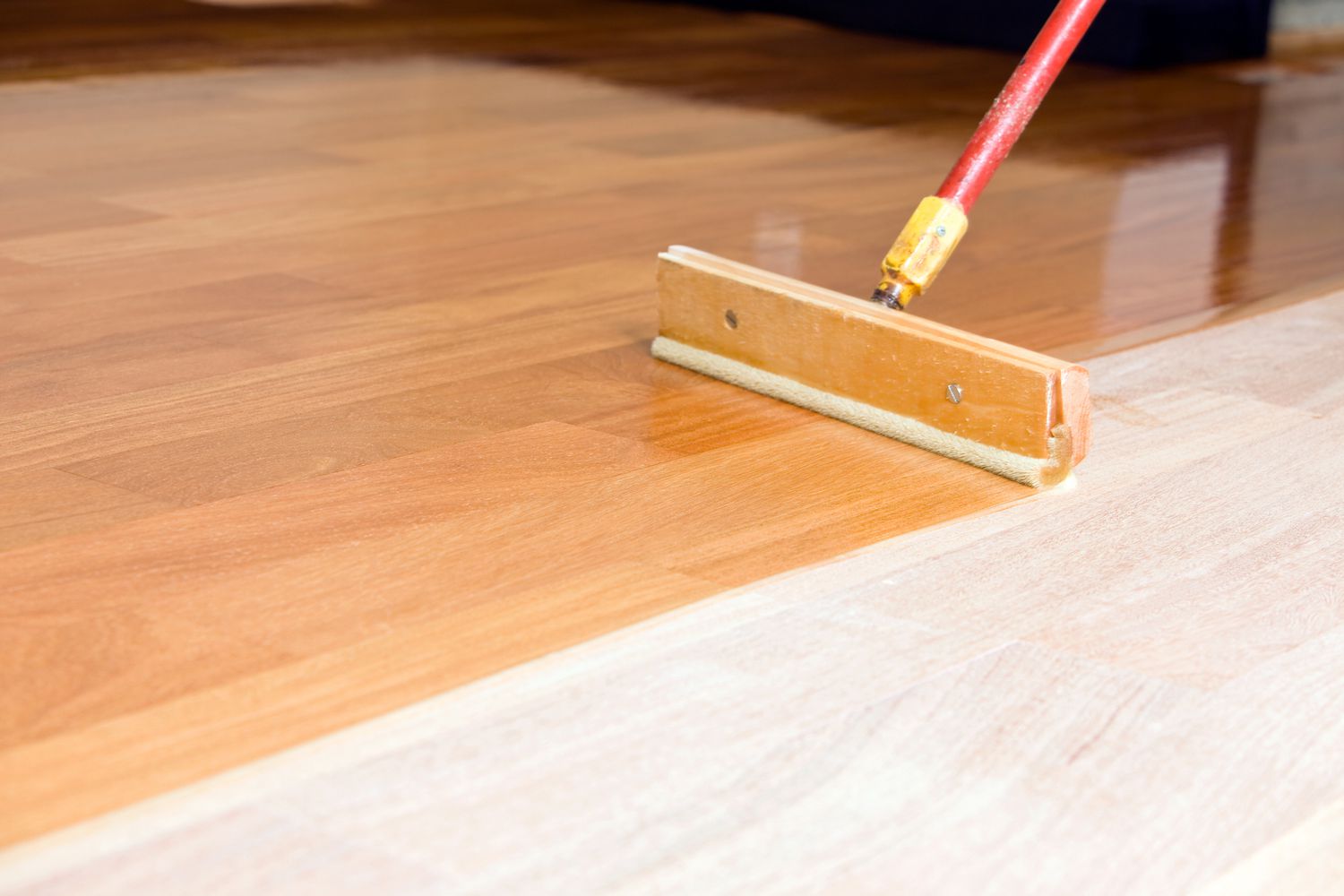
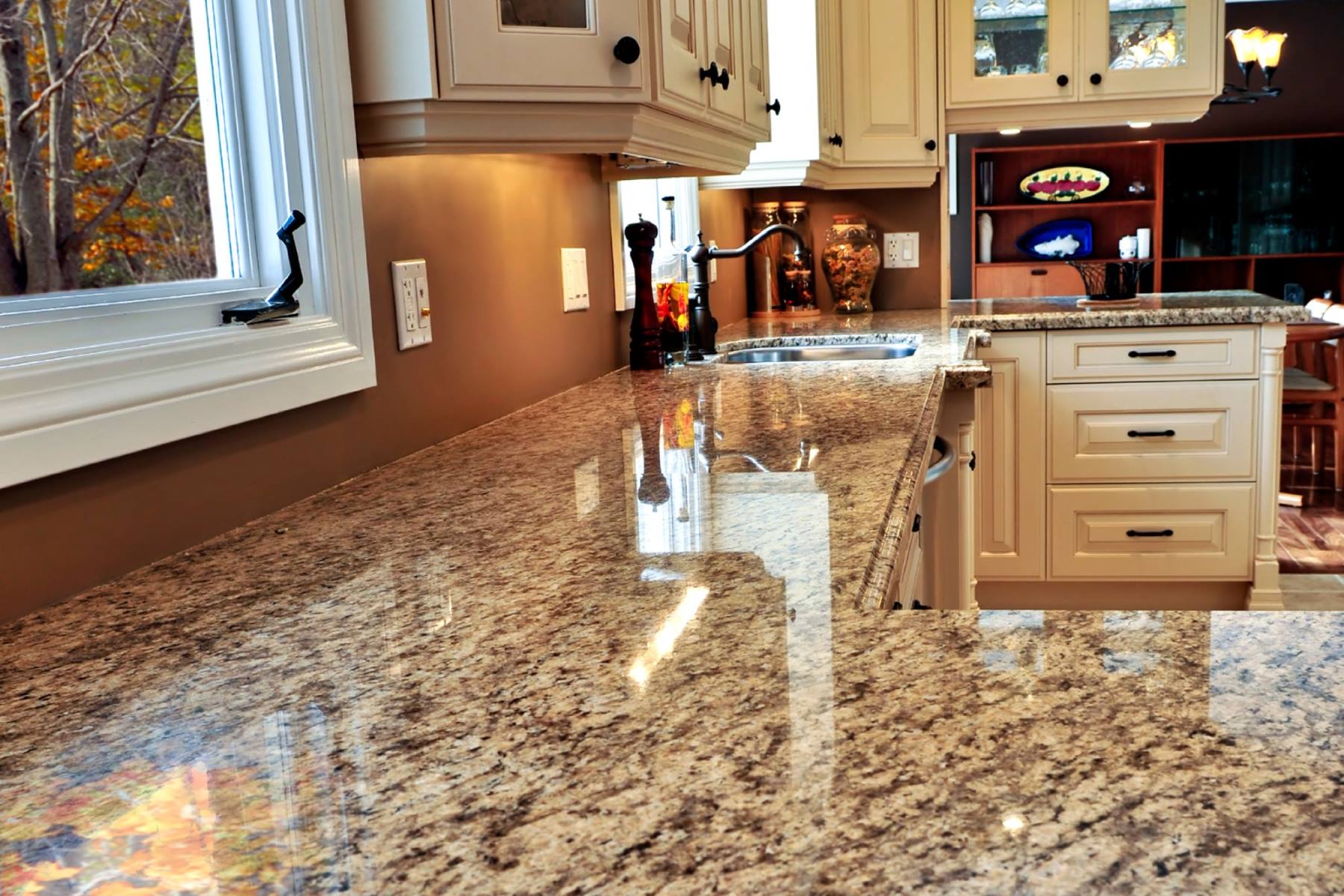
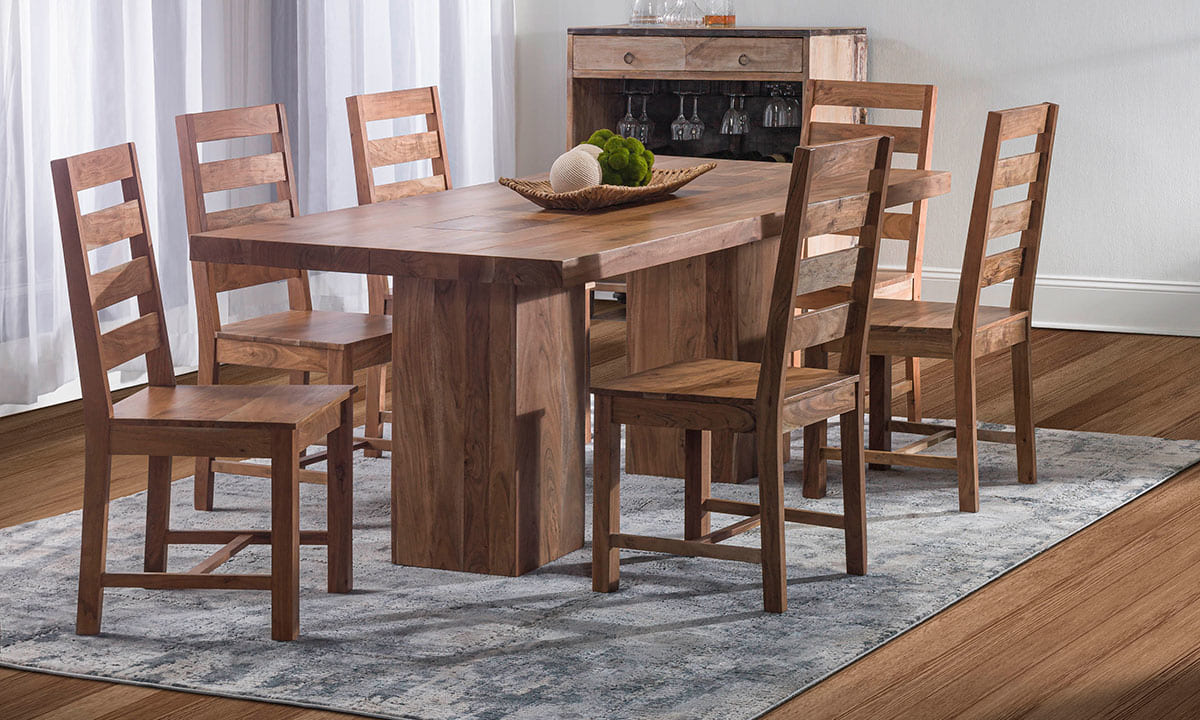
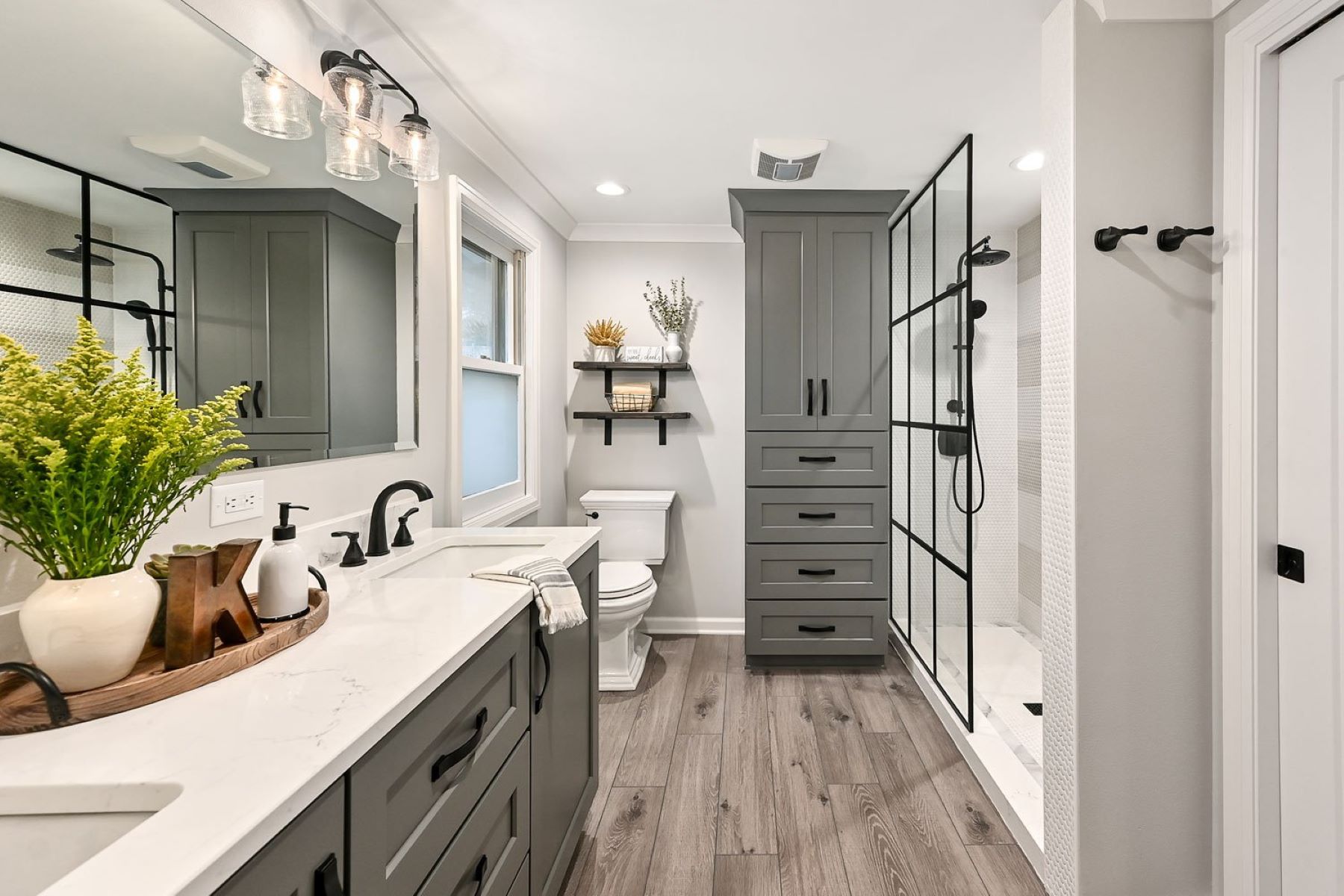
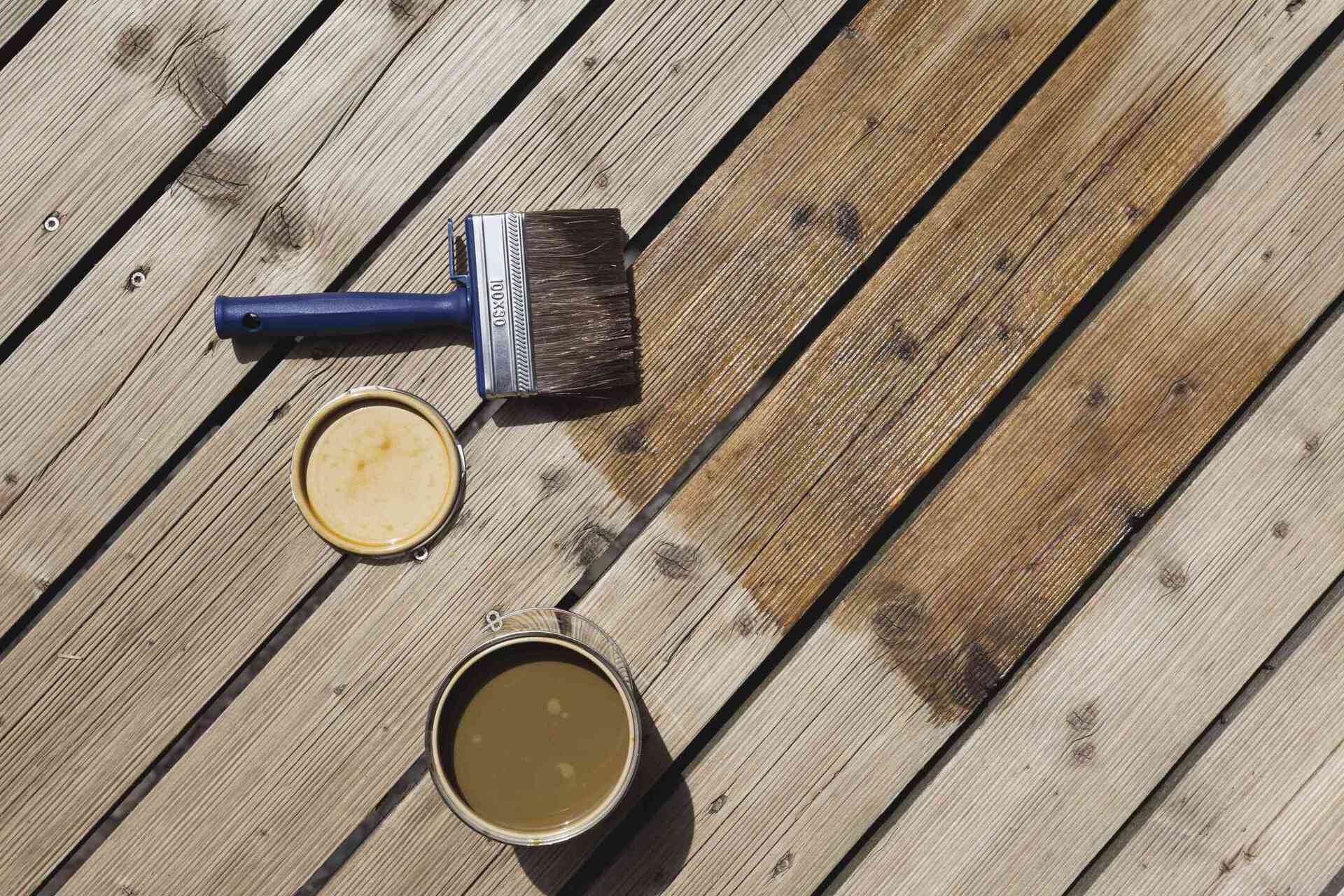


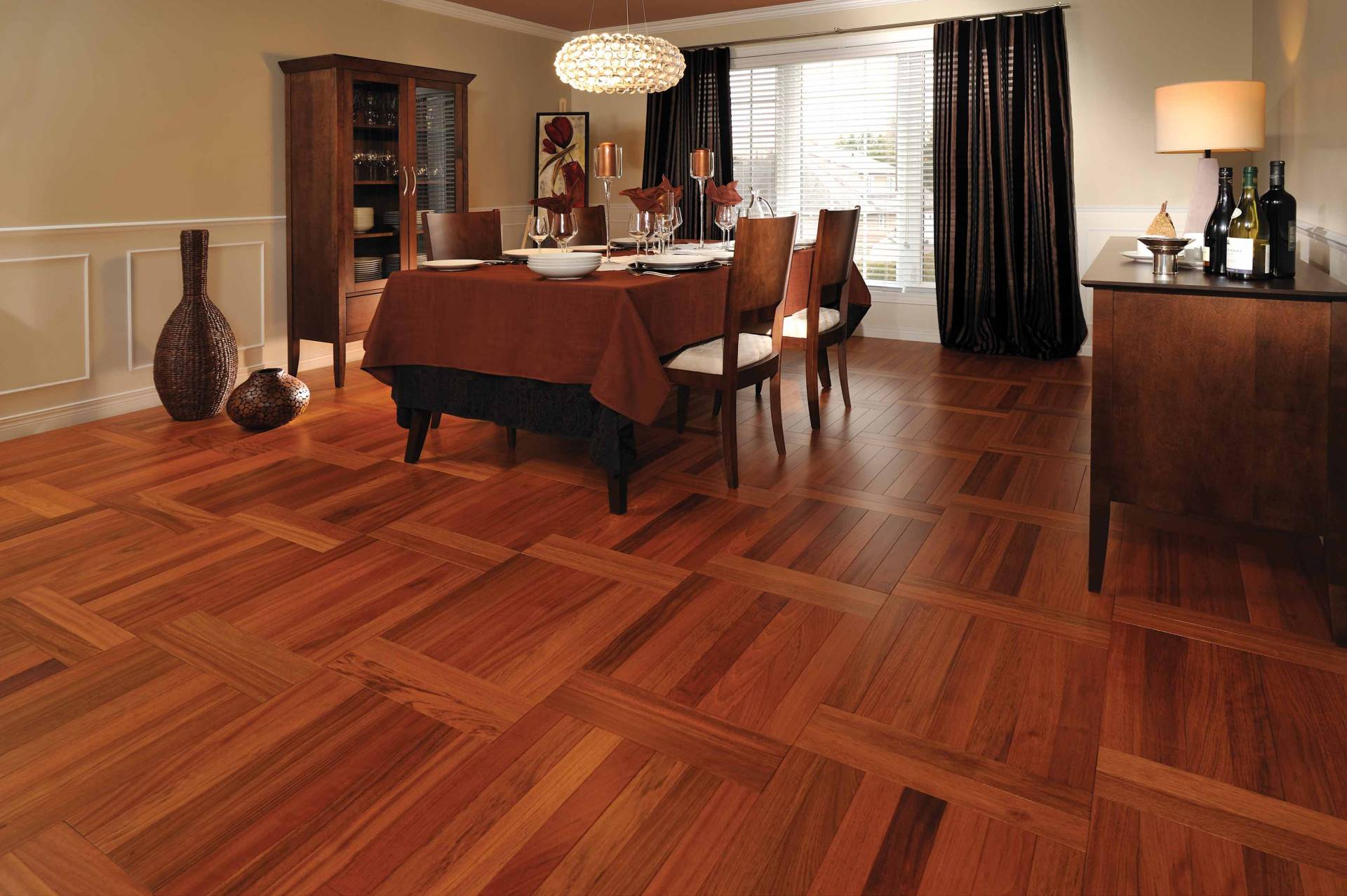
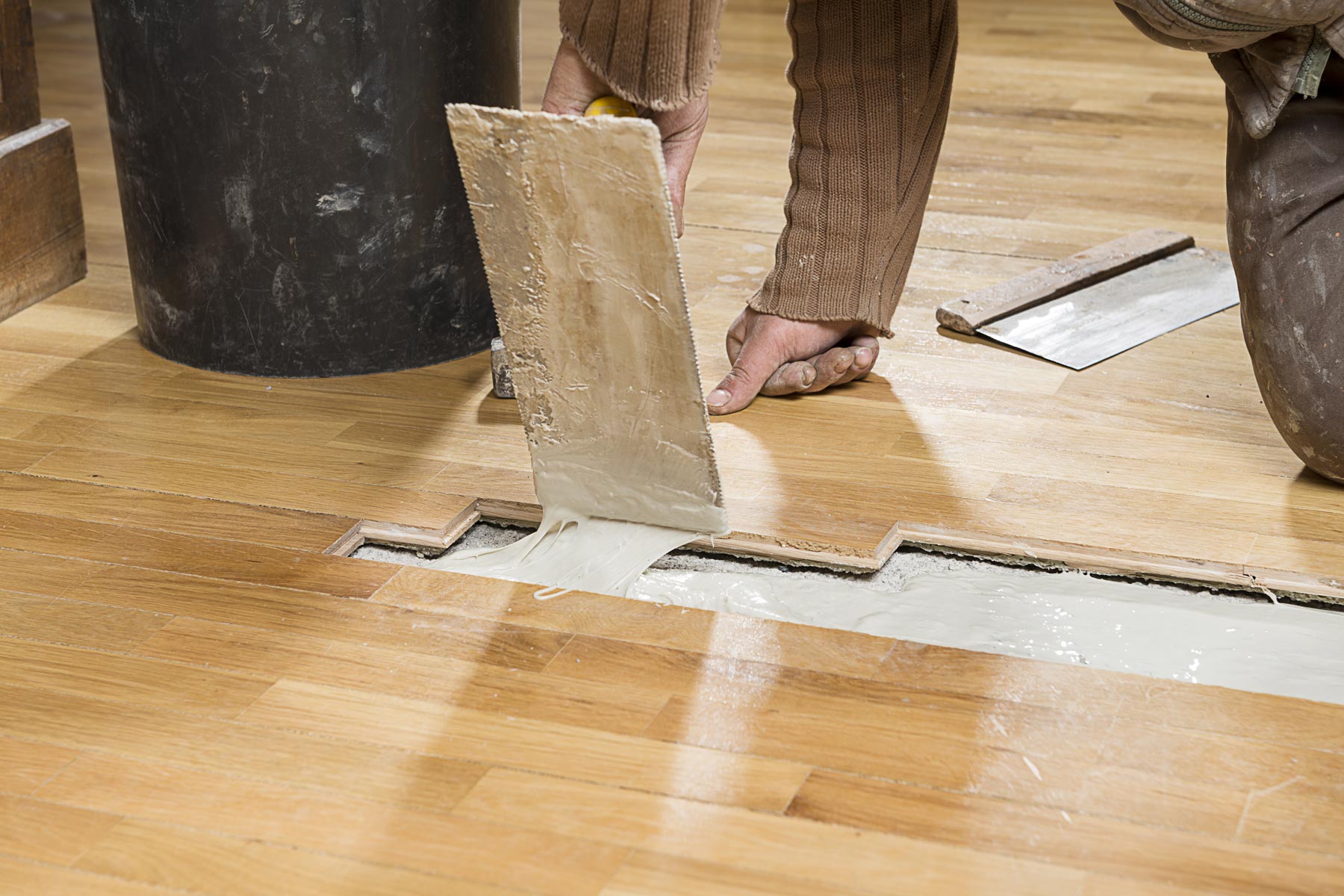
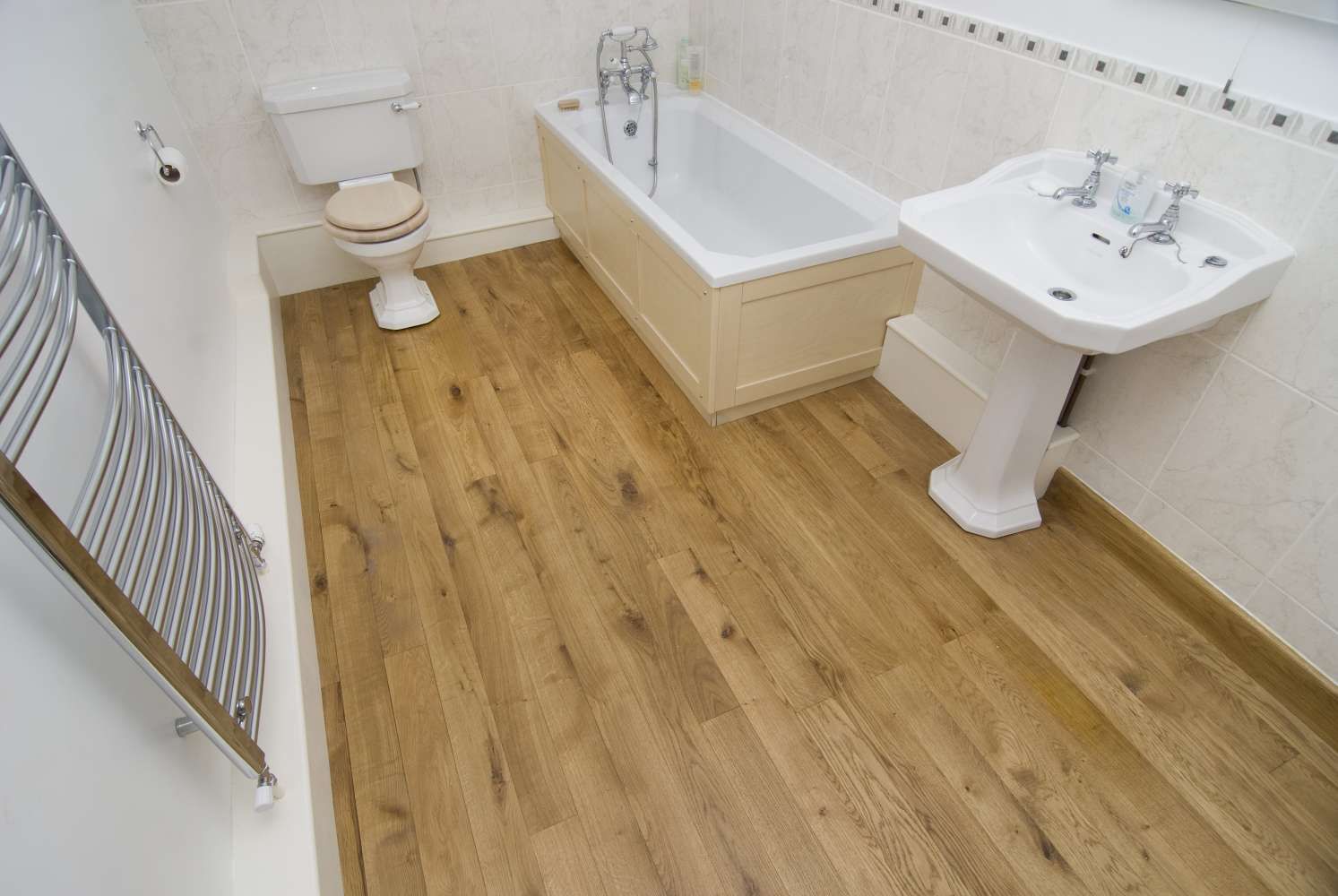


0 thoughts on “How To Protect Wood Floors When Remodelling”